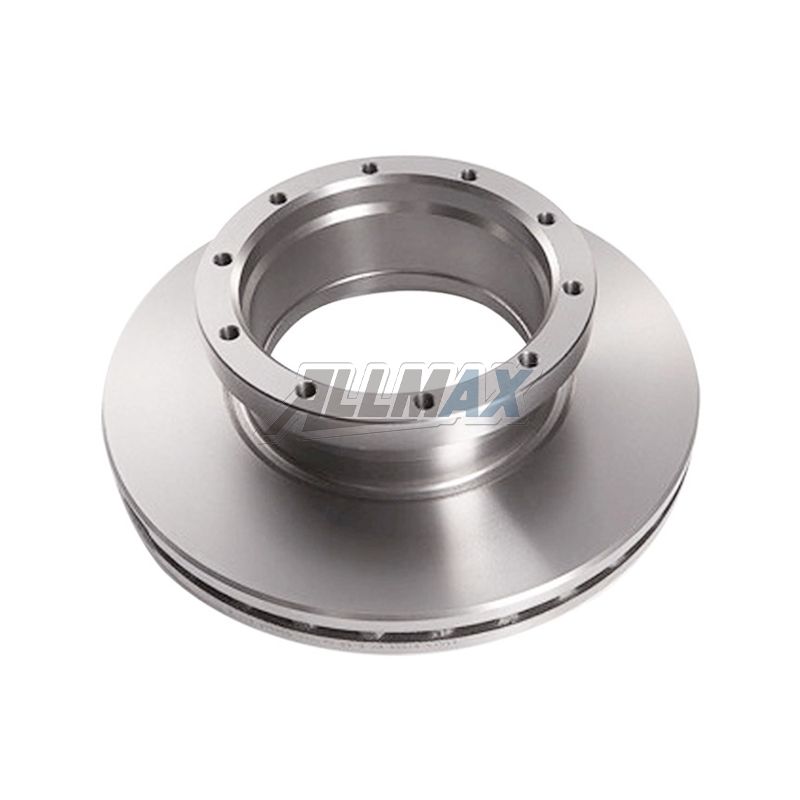Demystifying Brake Discs: How They Function in Your Vehicle's Braking System
Brake discs, an integral part of modern vehicle braking systems, are responsible for converting kinetic energy into heat to slow down or halt the rotation of wheels. Understanding how brake discs work is essential for every driver, as it provides insights into the critical role they play in ensuring your safety on the road. In this comprehensive guide, we delve into the mechanics of brake discs and shed light on their operation within your vehicle's braking system.

The Basics: What are Brake Discs?
Brake discs, also known as rotors, are flat, circular metal discs that are attached to the wheel hubs of your vehicle. When you apply the brakes, the brake calipers, which house the brake pads, clamp down on the spinning brake discs. This action creates friction between the brake pads and the discs, converting the vehicle's kinetic energy into heat. The resulting friction slows down the rotation of the wheels, bringing the vehicle to a controlled stop.
Ventilation and Heat Dissipation
Given the substantial heat generated during braking, proper ventilation and heat dissipation are essential to prevent brake fade and maintain optimal braking efficiency. Many modern brake discs feature ventilation channels or vanes designed to facilitate the efficient release of heat.
These ventilation channels allow air to flow through the brake discs, effectively cooling them down and preventing overheating. This design not only prolongs the lifespan of the brake discs but also helps maintain their performance under demanding conditions, such as during prolonged or heavy braking.
Types of Brake Discs
There are several types of brake discs available, each designed to suit specific driving conditions and vehicle types. Some common types of brake discs include:
Solid Brake Discs: These are the simplest type of brake discs, consisting of a solid metal disc without any ventilation. They are commonly used in smaller vehicles with lighter braking requirements.
Vented Brake Discs: Vented brake discs feature ventilation channels or vanes between the two braking surfaces. These discs are ideal for vehicles that require improved heat dissipation, such as those used for towing or high-performance driving.
Slotted Brake Discs: Slotted brake discs have slots or grooves on the braking surface. These slots help prevent the buildup of brake dust and gases, allowing for consistent contact between the brake pads and the discs.
Drilled Brake Discs: Drilled brake discs have holes drilled into the braking surface. While these holes enhance heat dissipation, they can also reduce the disc's structural integrity and may be more prone to cracking under extreme conditions.
Conclusion
Brake discs are a vital component of your vehicle's braking system, working tirelessly to ensure your safety on the road. By converting kinetic energy into heat through friction, brake discs enable controlled deceleration and stopping. Proper ventilation and heat dissipation mechanisms play a crucial role in maintaining the efficiency and performance of brake discs.
Understanding how brake discs work empowers you as a driver to make informed decisions about your vehicle's maintenance and safety. Regular inspection, proper maintenance, and responsible driving habits are essential to ensuring the optimal function of your vehicle's braking system.


